Flight Sims for the Win: It’s All About Repetition and Drill
Flying Magazine
MAY 15, 2024
It might be no greater than 6 knots with gusts to 10 mph. Then the CFI should increase the winds so they are 10 knots (or more) above the demonstrated crosswind component. Next, introduce the VOR. Have them use the VOR to determine what radial they are on, and if the unit has DME, show you where they are on a sectional.


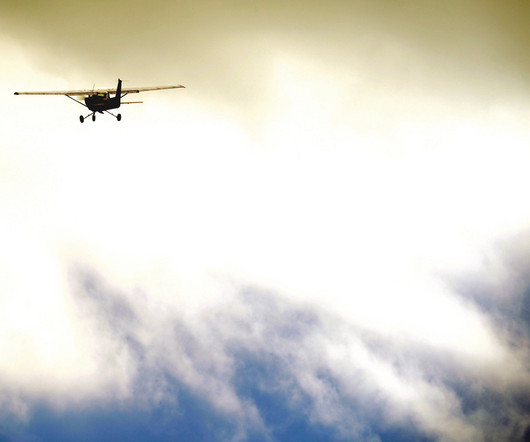

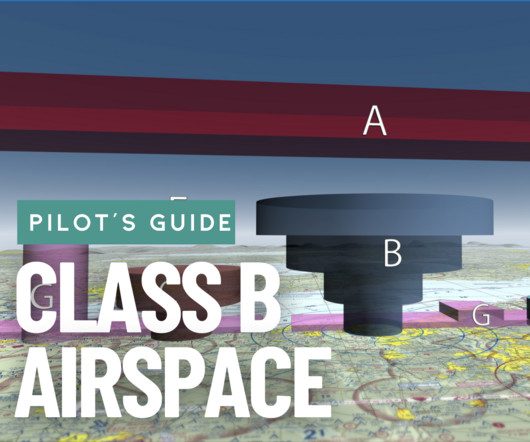
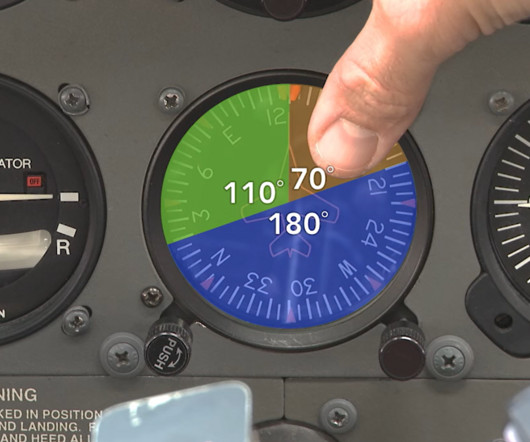
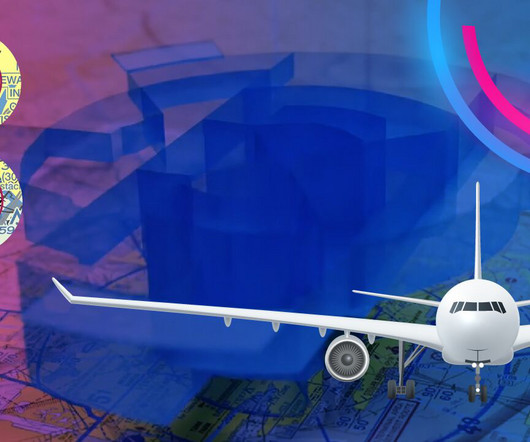

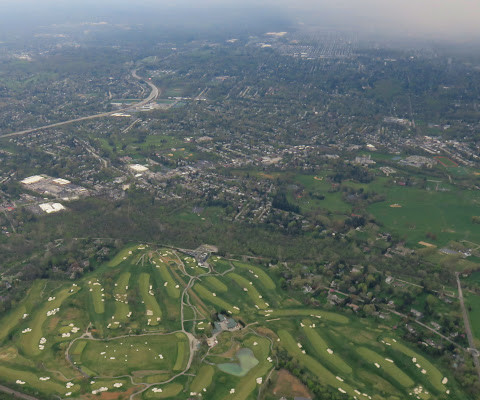
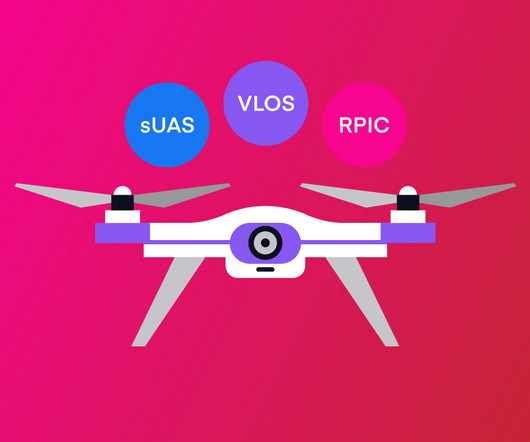




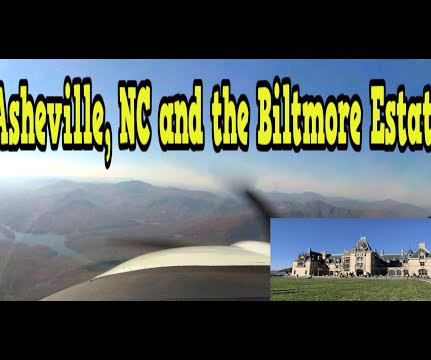
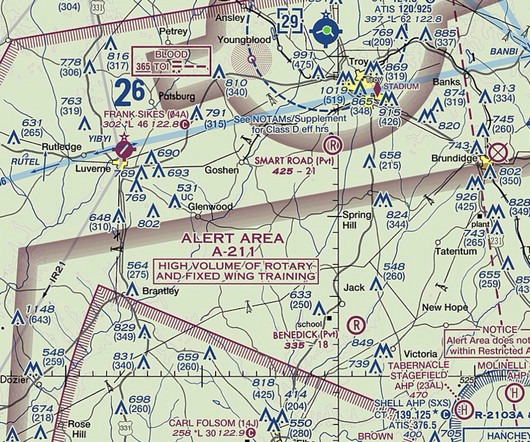






Let's personalize your content